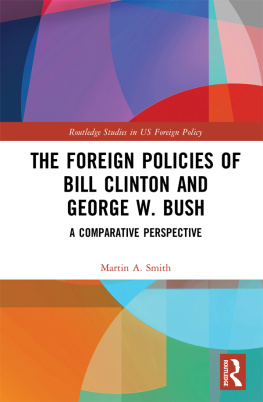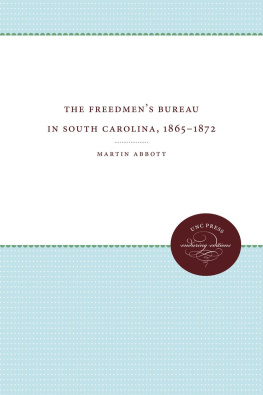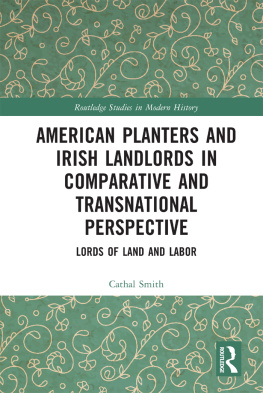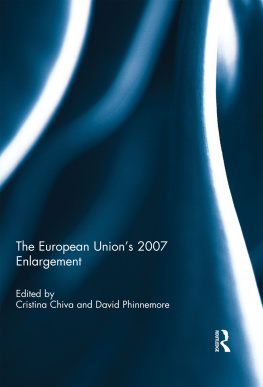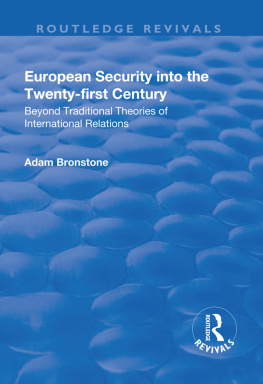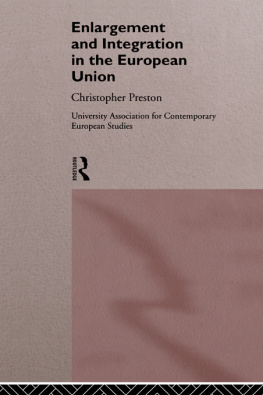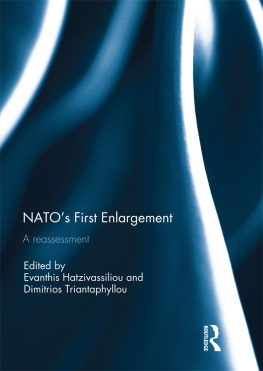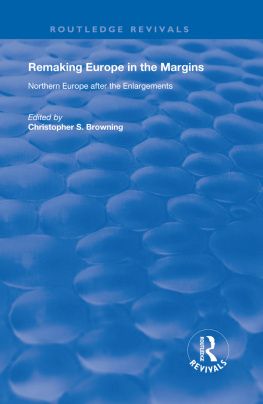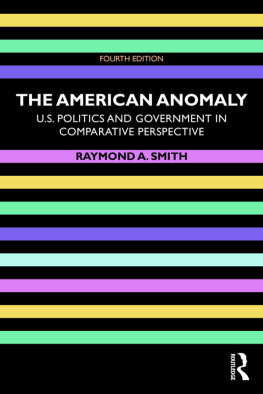First published 2000 by Ashgate Publishing
Reissued 2018 by Routledge
2 Park Square, Milton Park, Abingdon, Oxon OX14 4RN
711 Third Avenue, New York, NY 10017, USA
Routledge is an imprint of the Taylor & Francis Group, an informa business
Copyright Martin A. Smith and Graham Timmins 2000
All rights reserved. No part of this book may be reprinted or reproduced or utilised in any form or by any electronic, mechanical, or other means, now known or hereafter invented, including photocopying and recording, or in any information storage or retrieval system, without permission in writing from the publishers.
Notice:
Product or corporate names may be trademarks or registered trademarks, and are used only for identification and explanation without intent to infringe.
Publishers Note
The publisher has gone to great lengths to ensure the quality of this reprint but points out that some imperfections in the original copies may be apparent.
Disclaimer
The publisher has made every effort to trace copyright holders and welcomes correspondence from those they have been unable to contact.
A Library of Congress record exists under LC control number: 00131254
ISBN 13: 978-1-138-70640-8 (hbk)
ISBN 13: 978-1-315-20182-5 (ebk)
This project developed out of a growing perception that there was a lack of comparative literature on the EU and NATO enlargement processes. This, we feel, has much to do with the long-standing distinctions which have existed with regard to the academic study of the two institutions. Although both have sometimes come under the broad rubric of European Studies, there have been few scholars with an equal interest in or depth of knowledge and expertise about both the EU and NATO. One only has to attend the major academic conferences such as - in the UK - those organised under the auspices of the Political Studies Association (PSA) and the British International Studies Association (BISA) to appreciate the extent of the distinctions which have long existed within academia. It is unusual for the PSA conference to feature panels and papers on defence and hard security issues and hence NATO At BISA the situation is generally better in the sense that panels on both NATO and European security and the EUs Common Foreign and Security Policy do frequently run in parallel. Even here, however, the EU and NATO research communities who organise and participate in these respective panels give the impression of being self-contained and not interactive vis--vis each other The intention in this study is to take a modest step towards filling this gap and to provide a basis for further research.
we argue that both the EU and NATO are indispensable to the creation and maintenance of a comprehensive pan-European security order. In doing so, we put forward the position that enlargement to take in as many European states as possible is essential but that both organisations need to develop stable relationships with those states unlikely to become members of one or both institutions in the near future.
It is inevitable that events overtake analysis. As the authors were completing this manuscript, NATO launched its attack on Serbia in support of Kosovo Albanians. It remains to be seen what the full implications of this action will be for NATO. Furthermore, given the decision at the EUs European Council summit in Cologne in June 1999 to absorb the Western European Union, there is now a genuine prospect that the EU will take on a hard security dimension. Much, therefore, remains fluid regarding the prospects for a pan-European security order at this stage.
We are grateful for the comments on preliminary conference papers received from numerous colleagues and for feedback on an earlier version of published in West European Politics. In particular, we would like to thank William Wallace, G. Wyn Rees and Clive Archer, who took the time to read through draft chapters and provided invaluable advice. Colleagues in our respective departments at the universities of Bradford and Huddersfield and at the Royal Military Academy also provided support and encouragement at various stages in the intellectual development of this project. Finally, our gratitude goes to Kirstin Howgate at Ashgate who showed faith and tremendous patience throughout the production of this manuscript. As always, ultimate responsibility for the analysis and conclusions presented here rests with the authors.
Martin A. Smith and Graham Timmins, October 1999
This book is dedicated to Sabine, Annika and Svenja Timmins and to Philip and Jean Smith with our hopes for a truly better Europe.


